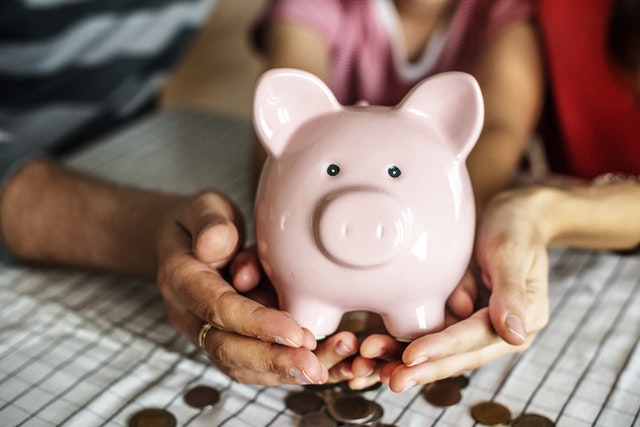 If you are reading this article, it’s entirely possible that you are considering buying a home. It’s also likely that you are weighing certain financial options between a sizable down payment or taking on the expense of mortgage insurance.
If you are reading this article, it’s entirely possible that you are considering buying a home. It’s also likely that you are weighing certain financial options between a sizable down payment or taking on the expense of mortgage insurance.
It’s important to understand that private mortgage insurance (PMI) helps mitigate the lender’s risk. It has little benefit to the homeowner, other than help facilitate the mortgage approval process. Home buyers would be well advised to understand the complexities of PMI because not everyone needs or can afford the additional cost.
Do You Need PMI?
PMI reduces the lending institution’s loss in the event a borrower cannot make payments. Homes that fall into foreclosure reportedly cost lenders upward of 60 percent of the remaining loan’s balance. That’s a significant amount of red ink in any ledger.
This reality prompts lenders to require buyers to purchase PMI when they cannot offset any potential loss with a 20 percent down payment or more. But keep in mind, the “20-percent” standard can be a bit misleading.
When a mortgage company considers your application, there are several factors at work beyond the size of your down payment. Banks scrutinize credit scores, repayment and bankruptcy history, as well as the types of mortgage programs that may be suitable.
Those who are required to purchase PMI should also keep a close watch on the repayment process. Once the mortgage balance dips below 80 percent of the home value, you may be able to end the PMI requirement.
Consider someone buying a home below market value. If you purchase the property at 90-percent of its value and put 10 percent down, the 80-20 threshold may be met in the lender’s eyes more quickly. In some cases the PMI can be eliminated after meeting the 80% loan to value, usually after a period of time in the loan.
The flipside is that a lender can require PMI even after the 80-20 measure if the borrower is considered high risk or has poor credit history. Yes, it’s complicated and you would be wise to sit down with a home loan professional.
What Is PMI And What Does It Cost?
In many respects, PMI functions like many other types of insurance. The purchaser makes payments and the insurance company pays out in the event of a loss, meaning loan default.
Just like the factors that go into the PMI requirement, the method of arriving at a cost can also be complex. Down payment amount, home value, credit score and history will all be considered. Home buyers can often lower rates by increasing their initial down payment. In most cases, PMI premiums generally run between 0.3 and 1.5 percent.
There are two standard methods of paying the annual PMI. In most cases, it simply gets rolled into the monthly mortgage installments. In some instances, the sum can be paid upfront. This may open the door a crack to lower annual pricing.
The true value of PMI to a borrower remains its ability to help gain loan approval when you might otherwise be rejected. If you are considering purchasing a home, it’s important to speak with a mortgage professional about your options.
